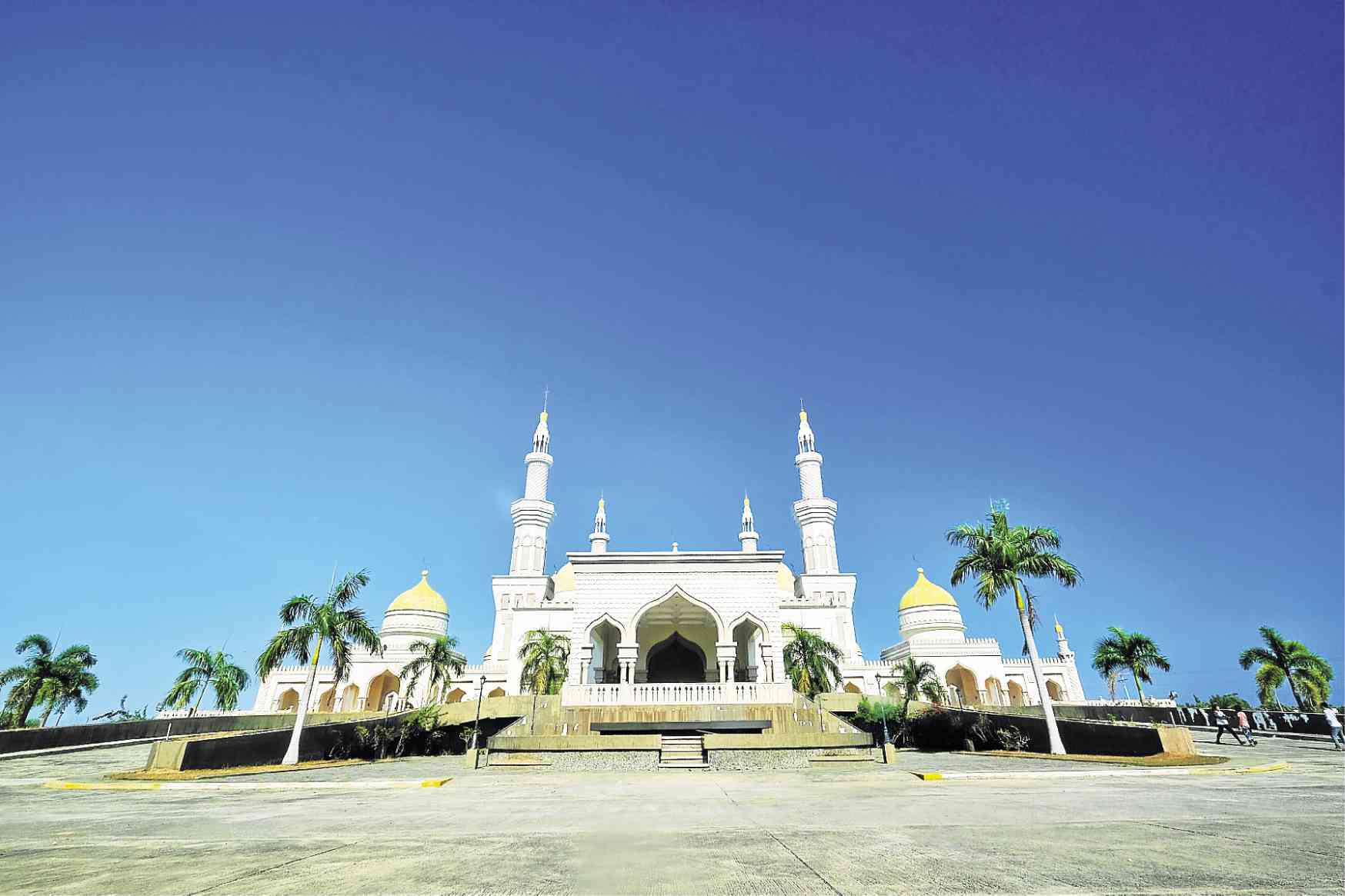Conflicts and guns may come to mind when one hears of North Cotabato—at least, for me.
But there’s another side to this province, having been able to walk and explore North Cotabato and its hidden gems. This humble yet laid-back province, whose city center has its own airport and is roughly a four-hour drive away from Davao City, is part of Soccsksargen Region.
Buses, jeepneys and vans are the most common forms of public transportation going to the different towns of the province, while motorcycles, or habal-habal, is the usual means to travel to remote areas.
It may come as a surprise but there is a local ordinance in the province which bans the use of helmets when riding motorcycles as this is the local government’s way of maximizing protection against crimes.
North Cotabato may not be in most tourists’ radar, but you might want to check out these sites that you must see during your stay. It might actually persuade you to venture deeper into this vivid province.
White
Situated along A. Dorotheo Street, this white Malay-inspired structure with an imposing canopy at its porch used to be the old municipal hall back in the early 1940s until the construction of the newer neo-Moro styled city hall, the People’s Palace.
Its sweeping roof with intricate motifs of the region’s art is a product of Arch. Juan Arellano, the same person who designed the National Museum and the Metropolitan Theater in Manila. The old Cotabato City Hall Museum is now a repository of the city’s history and culture. On display are several artifacts, prominent family heirlooms, archival images and different tribal weaves and cloths.
Ochre
Inside Mt. Apo Natural Park in Kidapawan City is a natural lake of boiling sulfuric mud, Lake Agco. Since sulfuric mud is believed to be good for the skin, you can cool down the boiling mud and apply it to your body and face for an instant natural facial mask.
There is one operational resort in the area, where one can enjoy pools, jacuzzis with controlled temperature fit for dipping and bathing, cottages, and even a natural steam bath.
Take note that the surroundings of Lake Agco is the sacred home of the Manobo tribes. As with other places, respect must always be observed where we come in as visitors.
Gold
The Sultan Hassal Bolkiah Masjid or Grand Mosque is said to be the country’s largest mosque that can accommodate 800 male and 400 female worshippers.
Its construction is literally building beyond boundaries—it’s an Islamic place of worship designed by a Filipino Christian architect, Felino Palafox, funded by the Sultan of Brunei. The whole building is elevated from the ground. It has two courtyards on either side and arcaded pathwalks with a series of arches that does not only protect the worship rooms from the direct heat of the sun, but also acts as a breezeway for an even wind circulation.
The Grand Mosque is indeed a harmony on its own. The massive walls are punctured by the big arch openings making the feel of it lighter. The imposing domes topped by crescent moons are flanked by 43-meter tall slender minarets creating a contrast of what is heavy and light. And the gold paint choice for the domes strike the perfect complement to its white building base, green field foreground and its blue sky backdrop.
Do note that proper dress code is required upon entry.
Green
Hidden deep within the green mountains of Alamada in North Cotabato is one natural sight to behold.
The Asik-asik Falls is probably one of the most unique waterfalls I have seen in the country. Asik-asik is a Hiligaynon term which means “to sprinkle.” It is literally a natural curtain wall covered with thick green vegetation with water “sprinkling” down at several different tiers from the edge of a mountain—without a river or a spring on the top. It is quite a road challenge getting there, not to mention the more or less 500 steps going down to reach the falls from the jump-off point.
But the stressful road experience and the long trek will all be worth it upon seeing the Asik-asik Falls. It’s mesmerizing, enchanting and truly one-of-a-kind. After taking your Instagram-worthy photo, enjoy its cold and clear waters.
Rainbow
Greeting tourists as they enter the city proper is the the Pedro Colina Hill. Following the likes of the hillside housing community in a certain area in Rio de Janeiro and La Trinidad, Benguet, the historic Pedro Colina Hill or PC Hill is currently being transformed into a colorful attraction in the city as over a hundred houses has been painted with bright and lively colors.
The façade of the houses facing east is a blank canvas for the artwork featuring the city’s symbols such as the gunakit (convoy of Muslim bancas) and gongs and crabs, which depict the city’s culture and resources.
With its unique charm and mystique, North Cotabato has vividly painted its scenic marvels right before my eyes through its rich history, culture, nature and architecture.
It has left me in awe on what it had and what more it has to offer to first time visitors of Mindanao like me. It is definitely a place like no other. I just got more reasons not to miss out on Mindanao’s untouched provinces in my summer bucketlist.
Sources: Explora.ph, pna.gov.ph, Nomadperspectives.com, Cotabatoprov.gov.ph, Mindanews.com, Commons.wikimedia.org


